Blue Flax
Blue Flax is a perennial flower that is very drought tolerant and it is very beneficial to native bees and other pollinators.
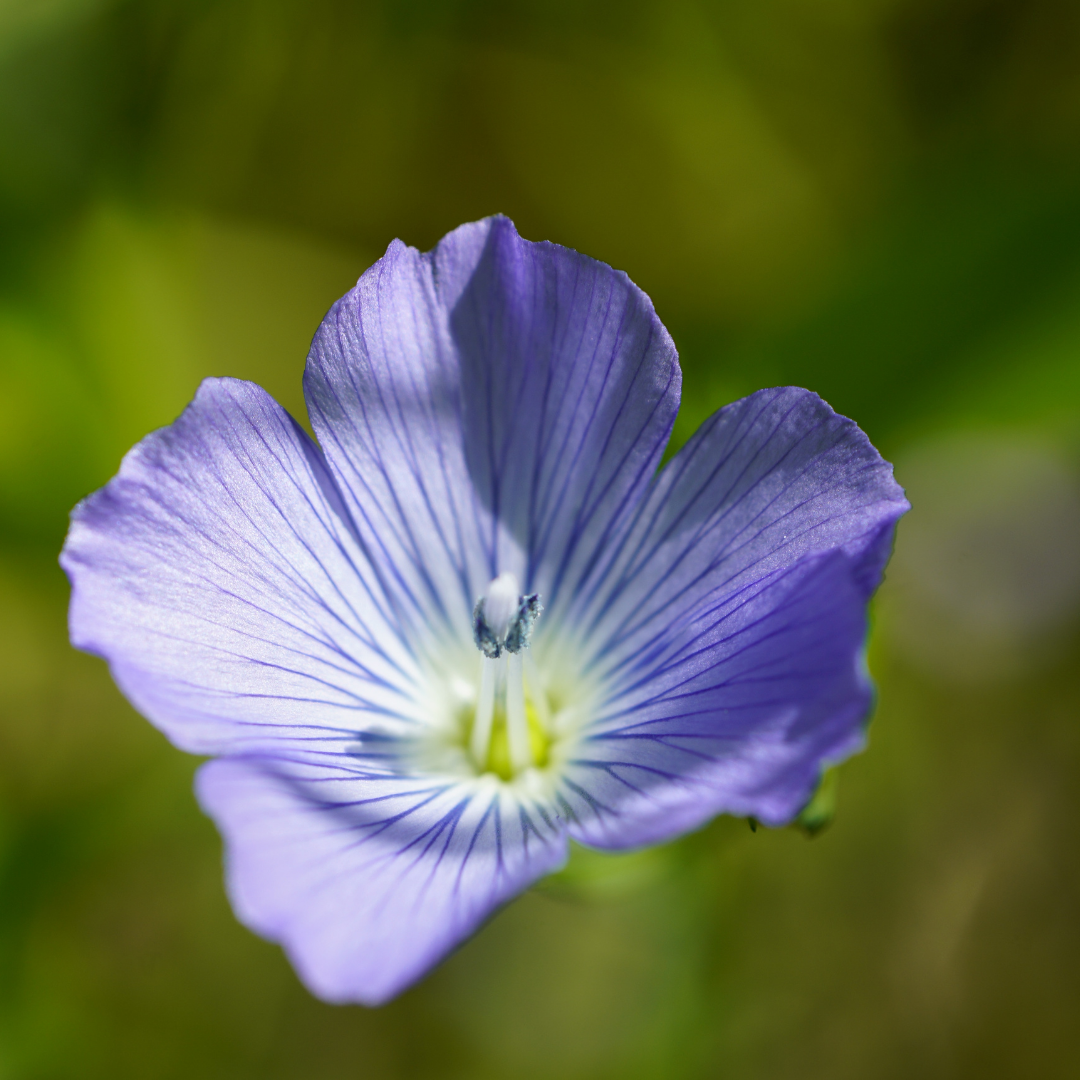
Blue Flax is a perennial flower that is very drought tolerant and it is very beneficial to native bees and other pollinators.
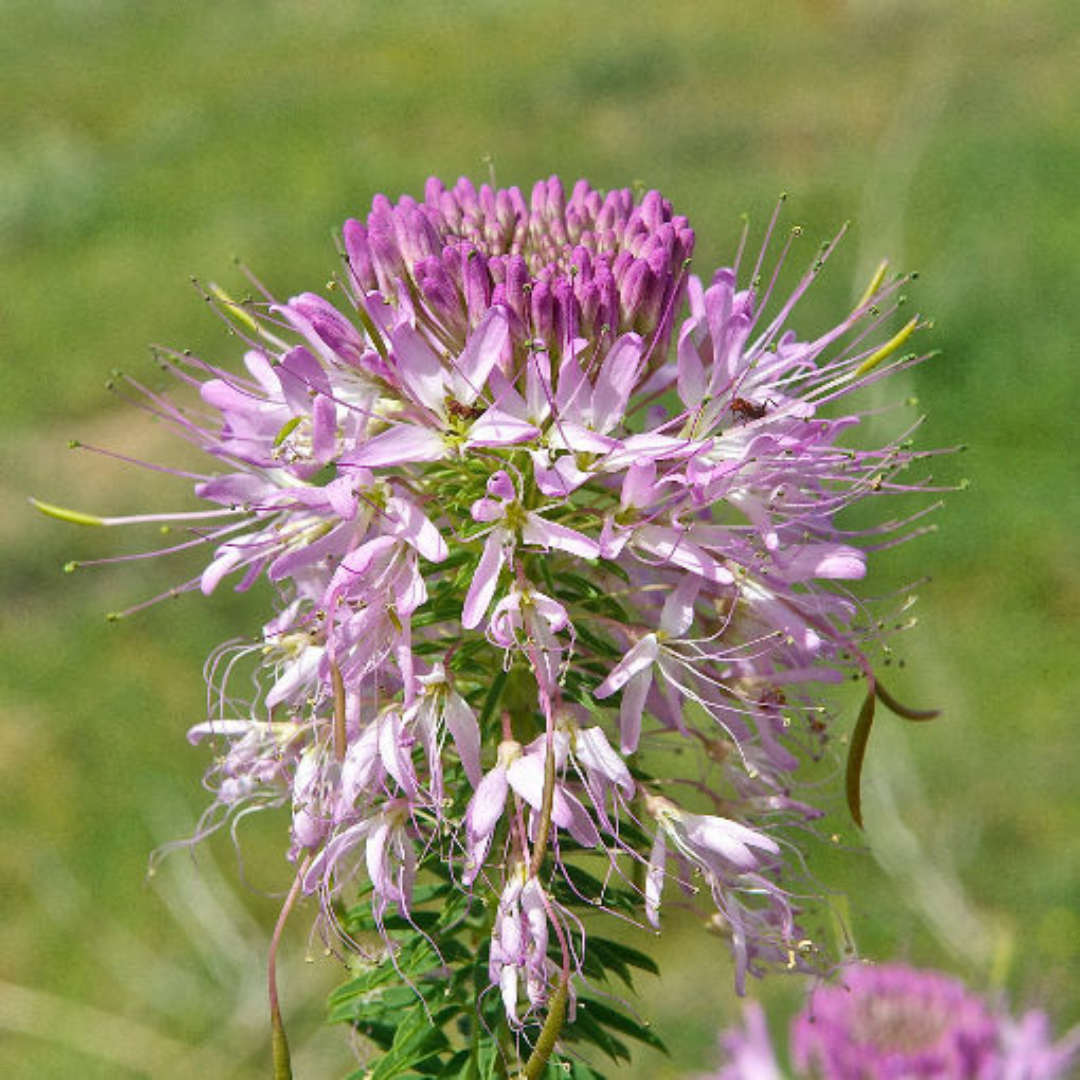
This Native flower is very water efficient and is an annual. It attracts pollinators such as bees and butterflies and even hummingbirds drink nectar from the purple and pink flowers!
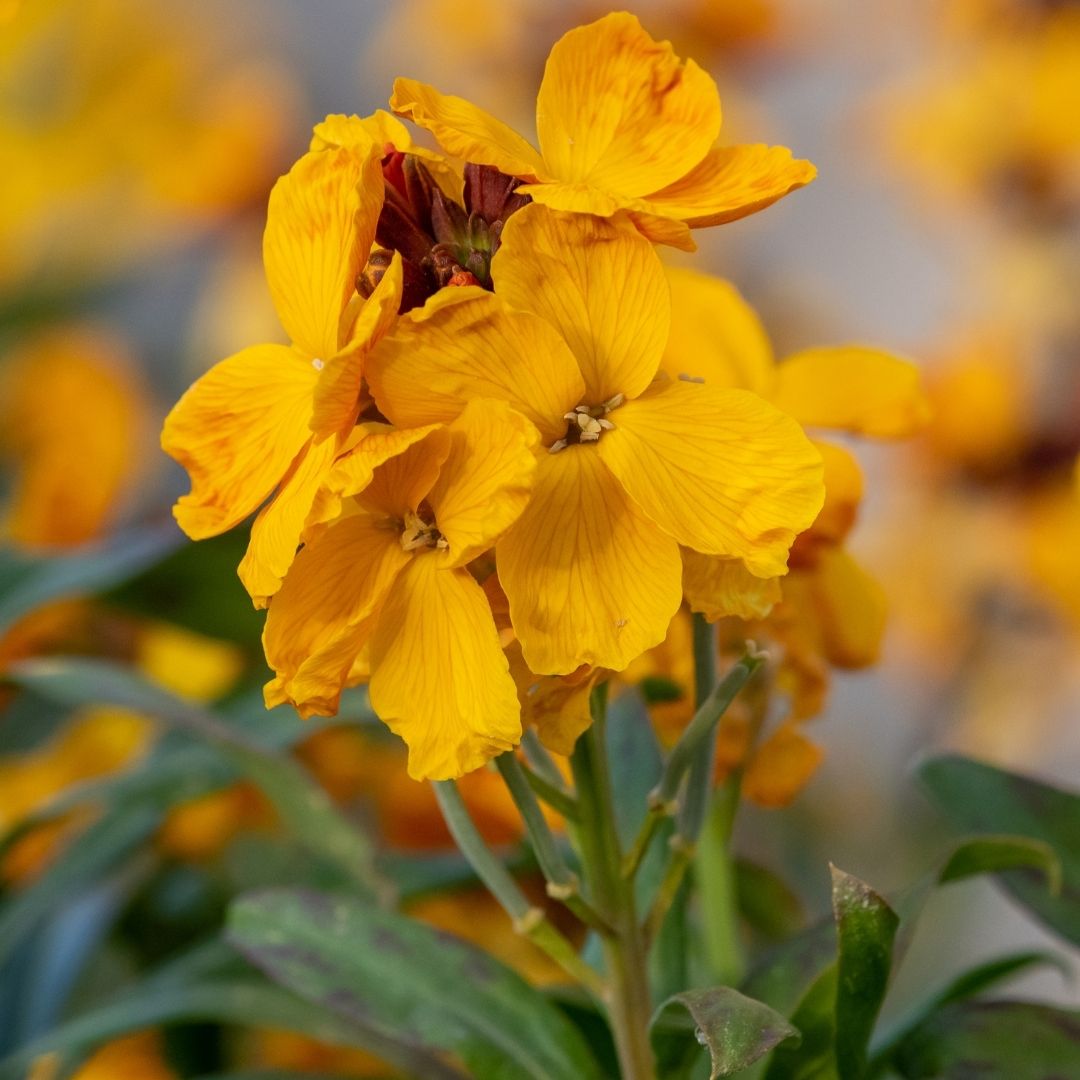
Wallflowers don’t require much water and need lots of sun! They are a beautiful ball of orange flowers that grow great along fences. Wallflowers grow to be about a foot and a half tall.
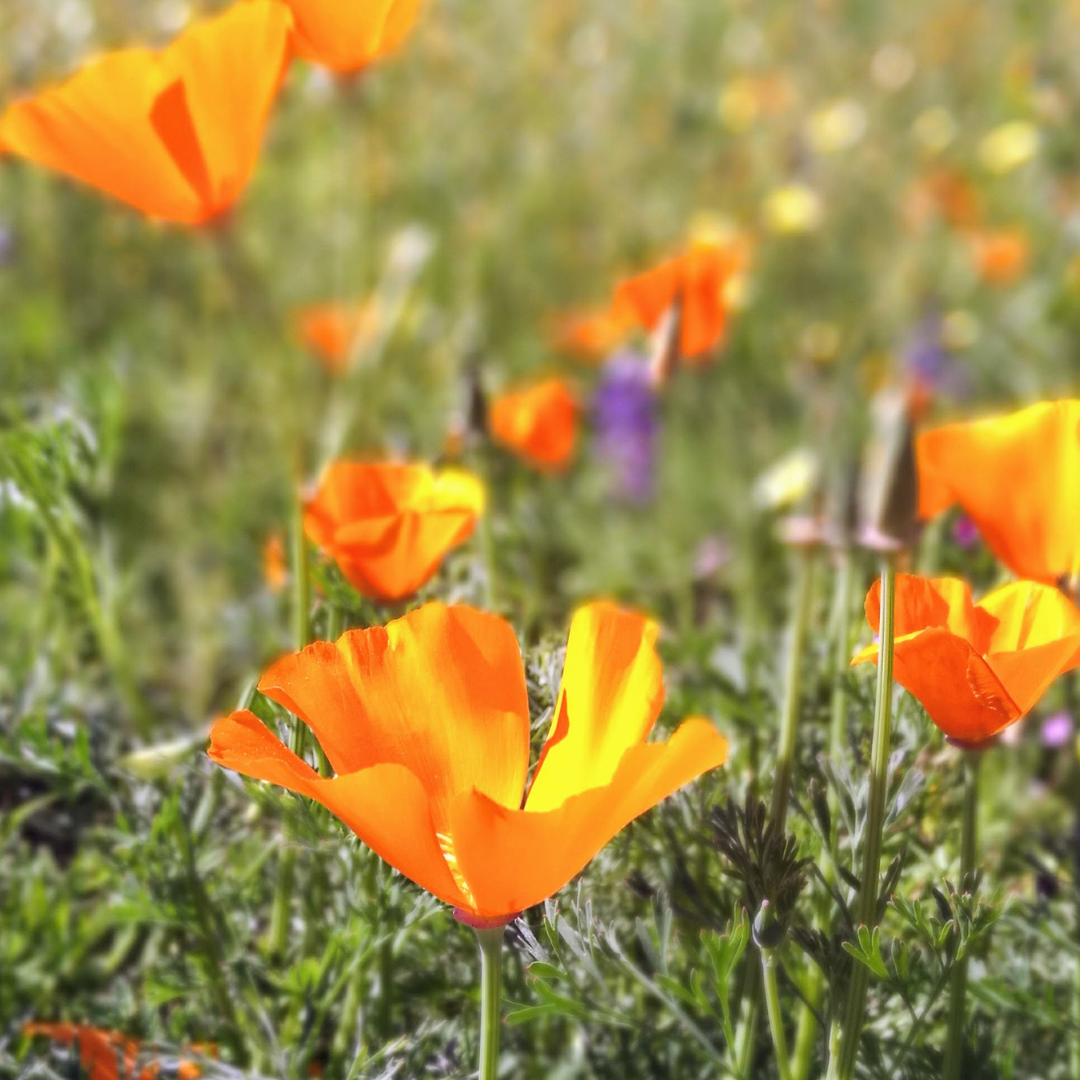
The California Poppy is very drought tolerant and needs little water. It is a perennial but can’t survive the frost.
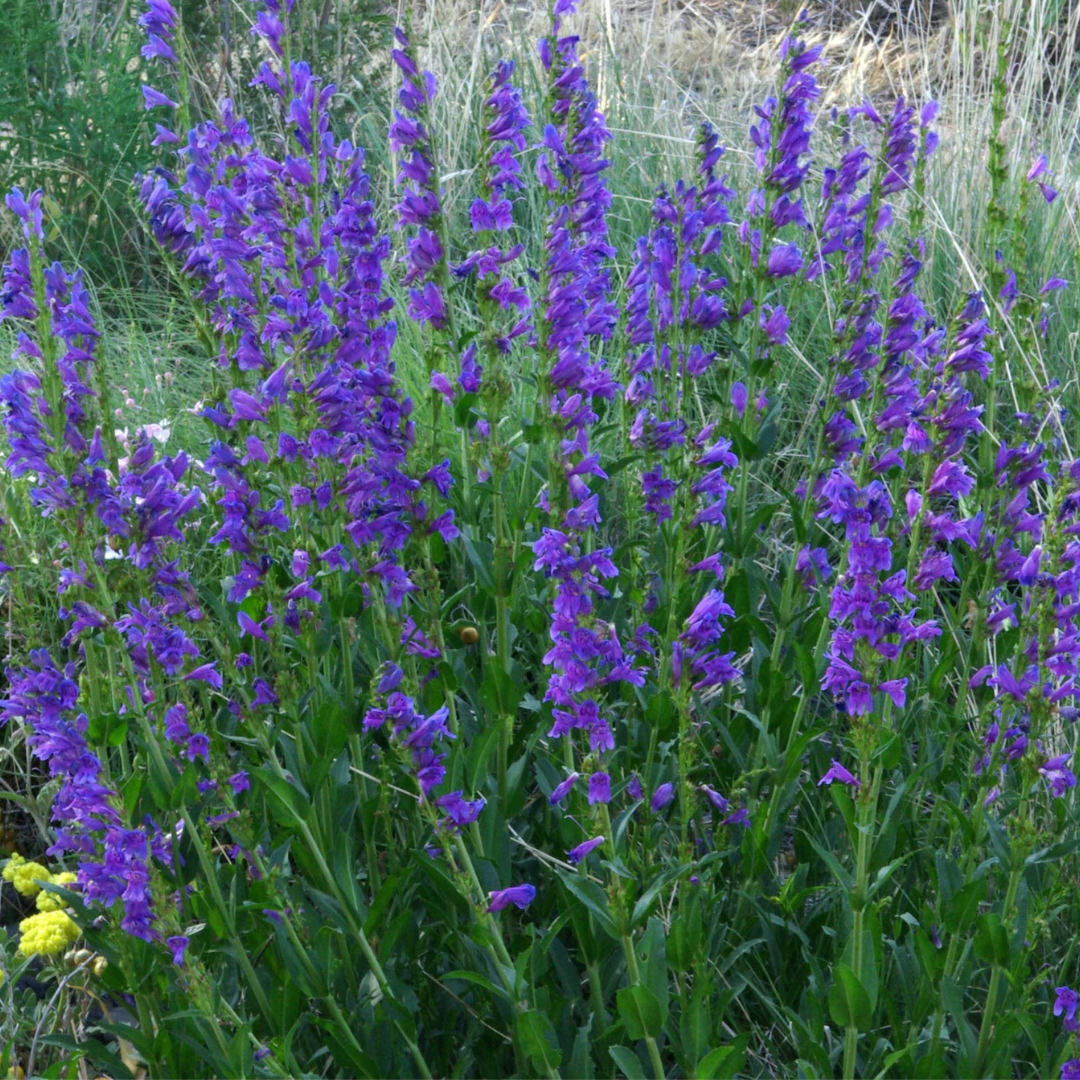
This is a perennial flower and only need water once or twice a month once established. They are found all over the Rocky Mountains and grows great with other wildflowers!
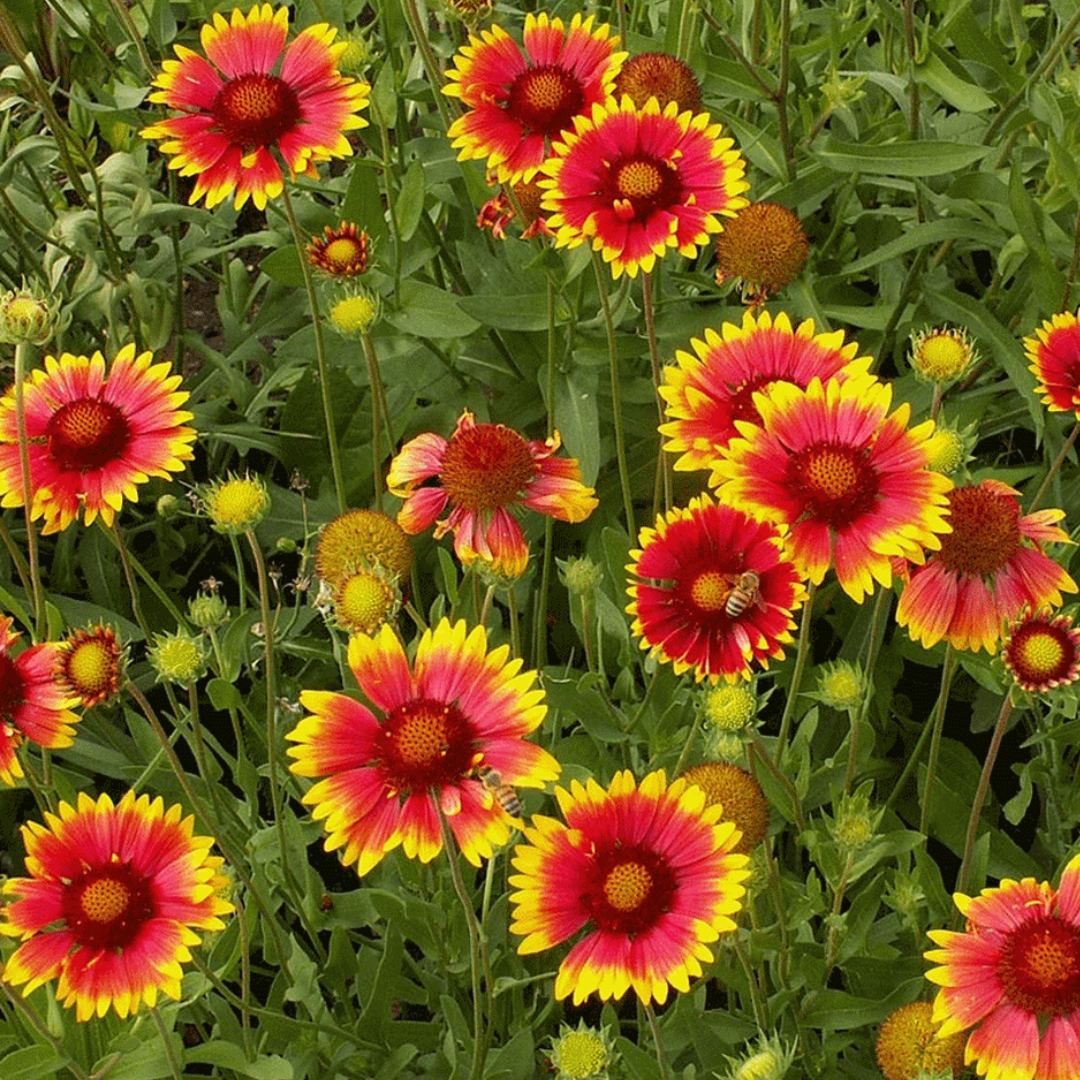
This perennial is very drought tolerant as well as attracting pollinators! Cryptic Moths even use it as camouflage!
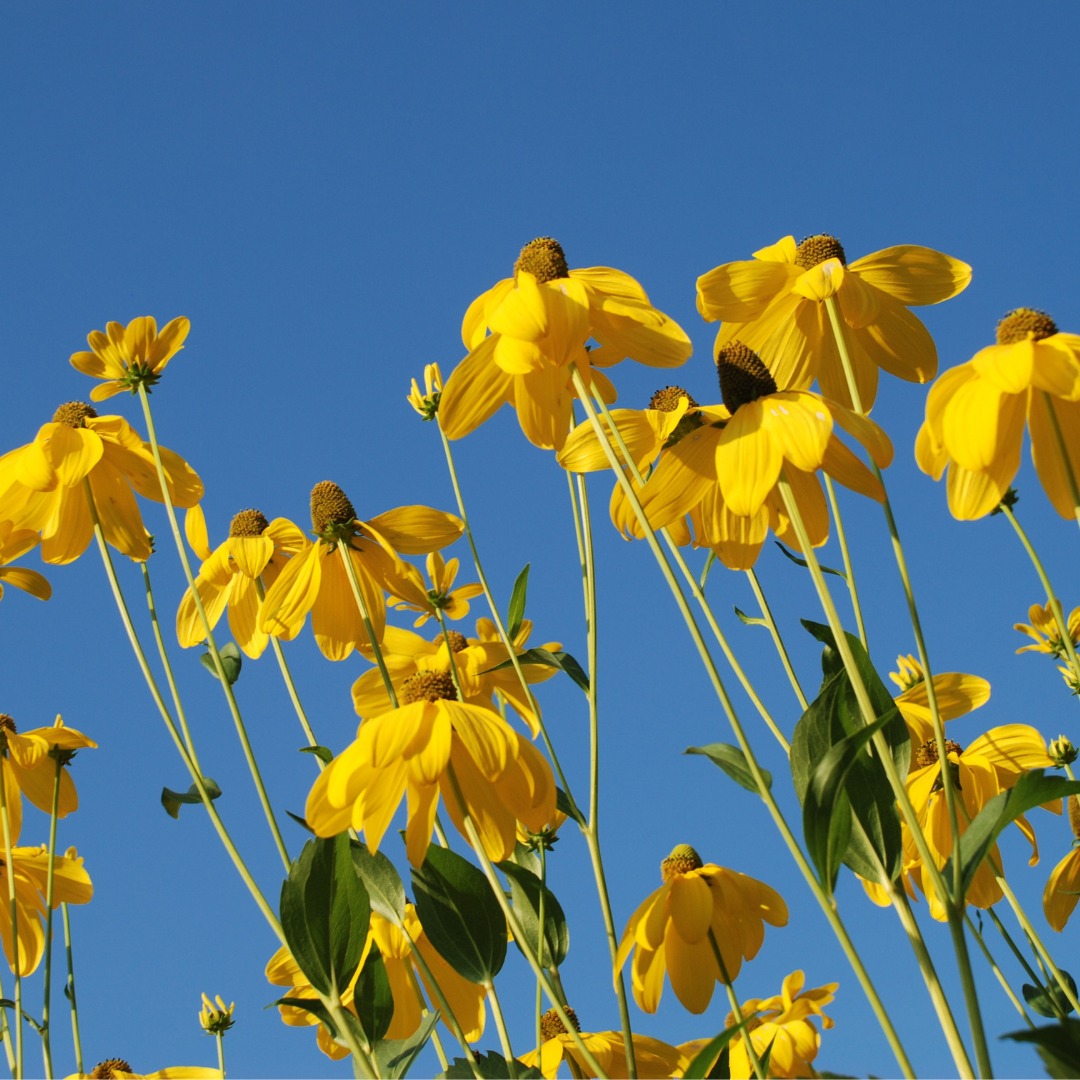
This flower attracts dozens of pollinators! They do best in dry soil and only need water occasionally, as they grow best in full sun.
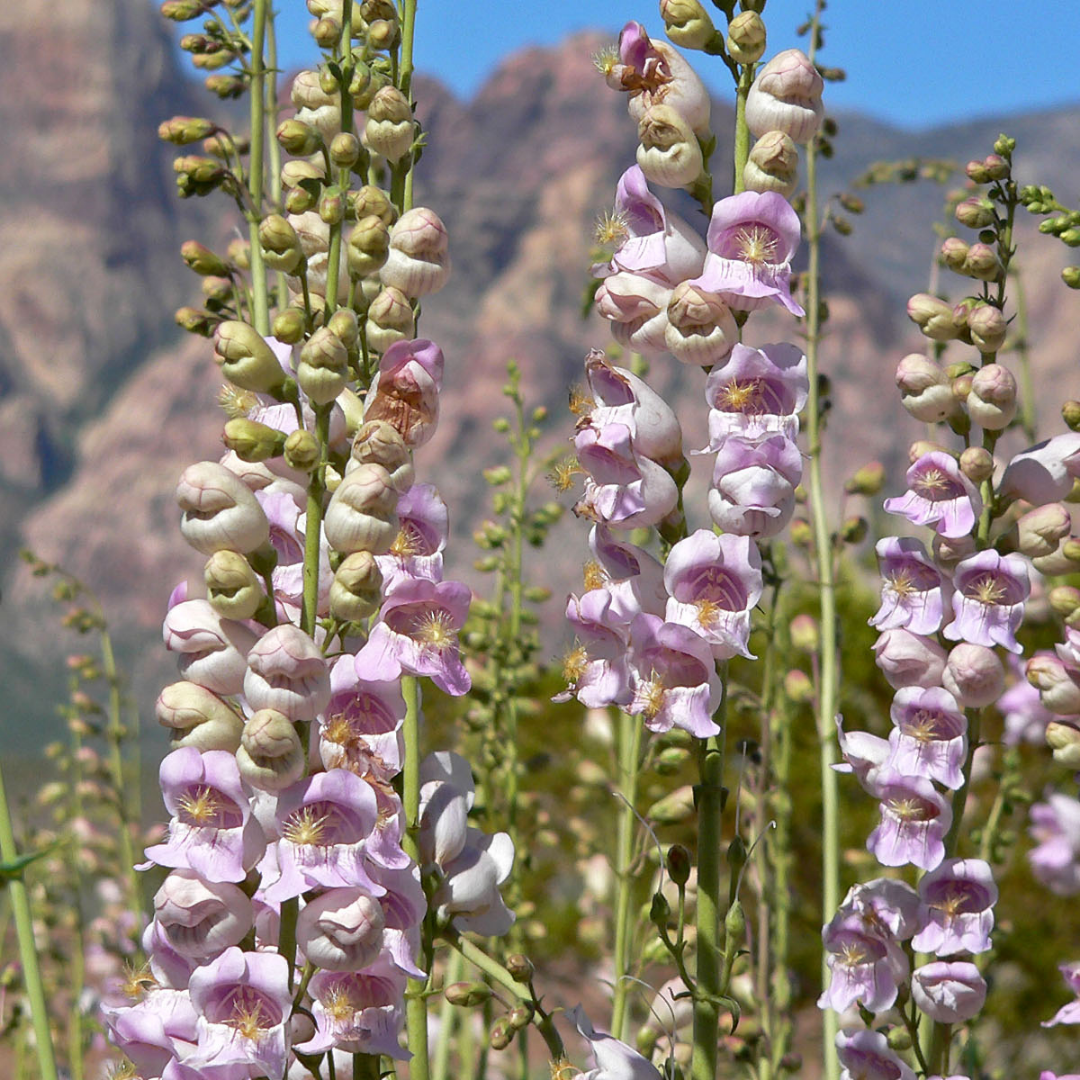
A native flower that is drought tolerant and grows best in full sun. It is a It also attracts pollinators like bees and is biannual.
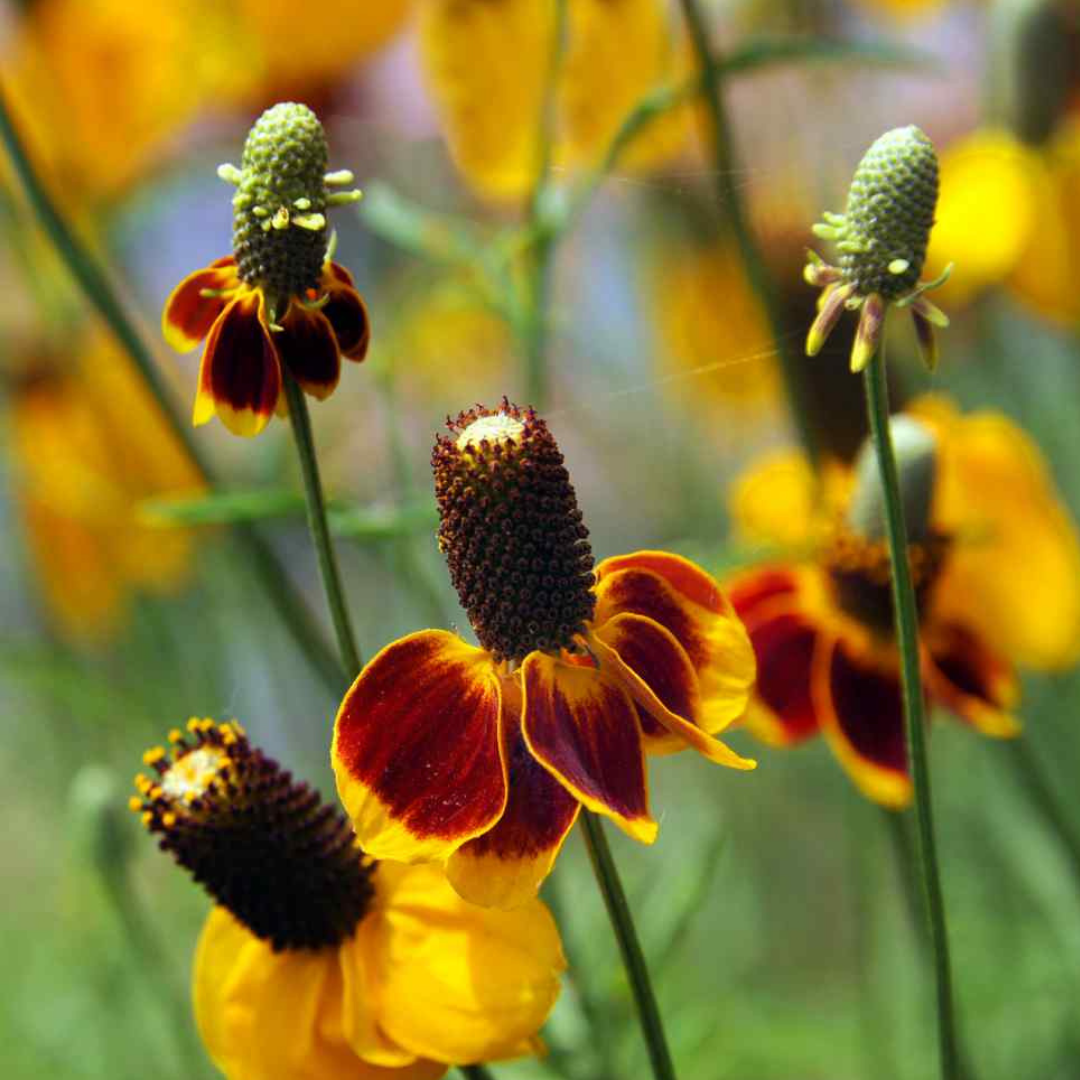
A Perennial flower, Red Mexican Hats are drought tolerant and grow best in full sun. They can grow up to 3 feet tall and are said to be one of the easiest wildflowers to grow.
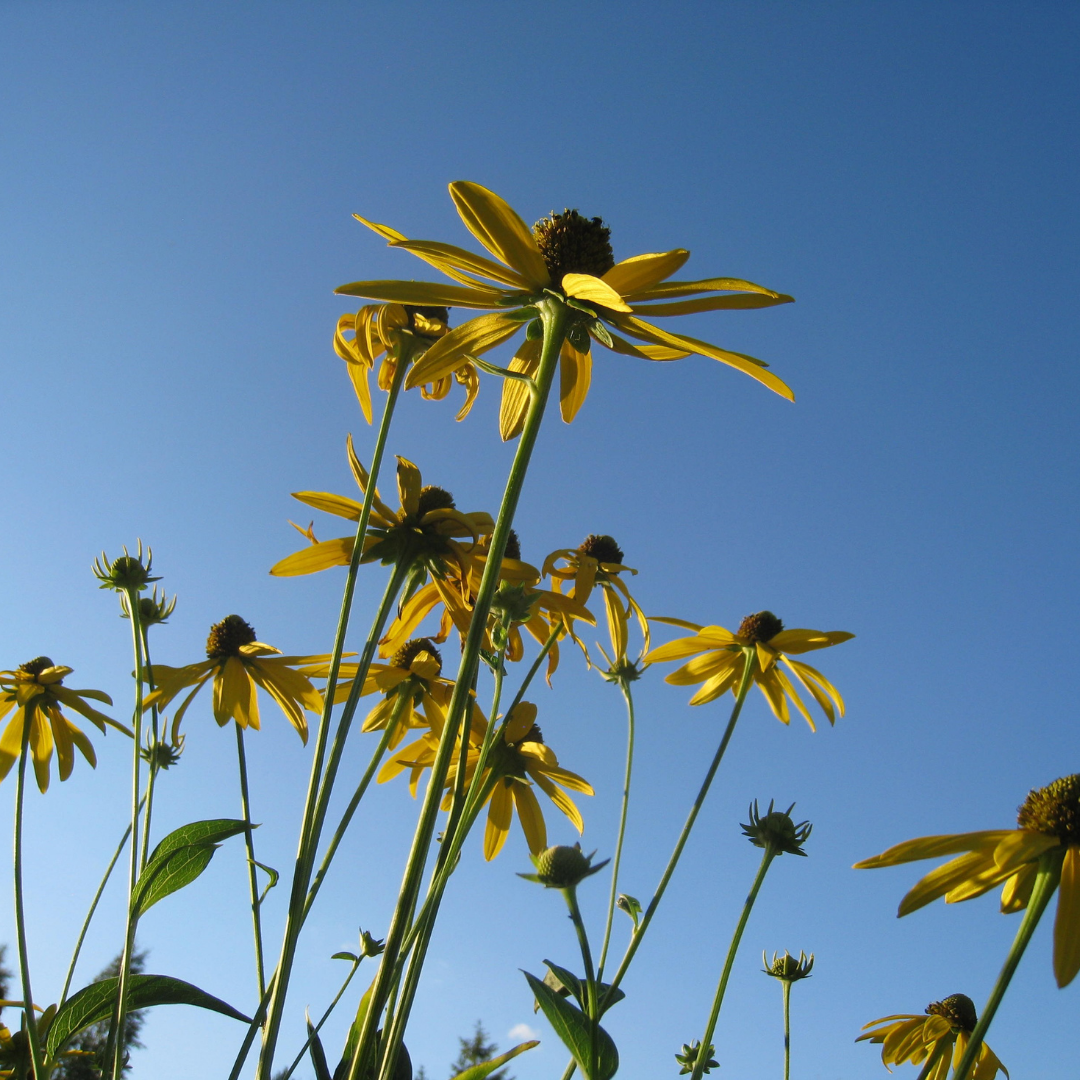
This native flower is perennial and attracts a variety of bees and other pollinators. It prefers full sun to partial shade and grows in a wide range of soil types.

Pinkladies thrive in heat and are drought tolerant. They can grow up to 2 feet tall and grow great in rock gardens, meadows and in mass plantings. They attract pollinators like bees and hawk moths.
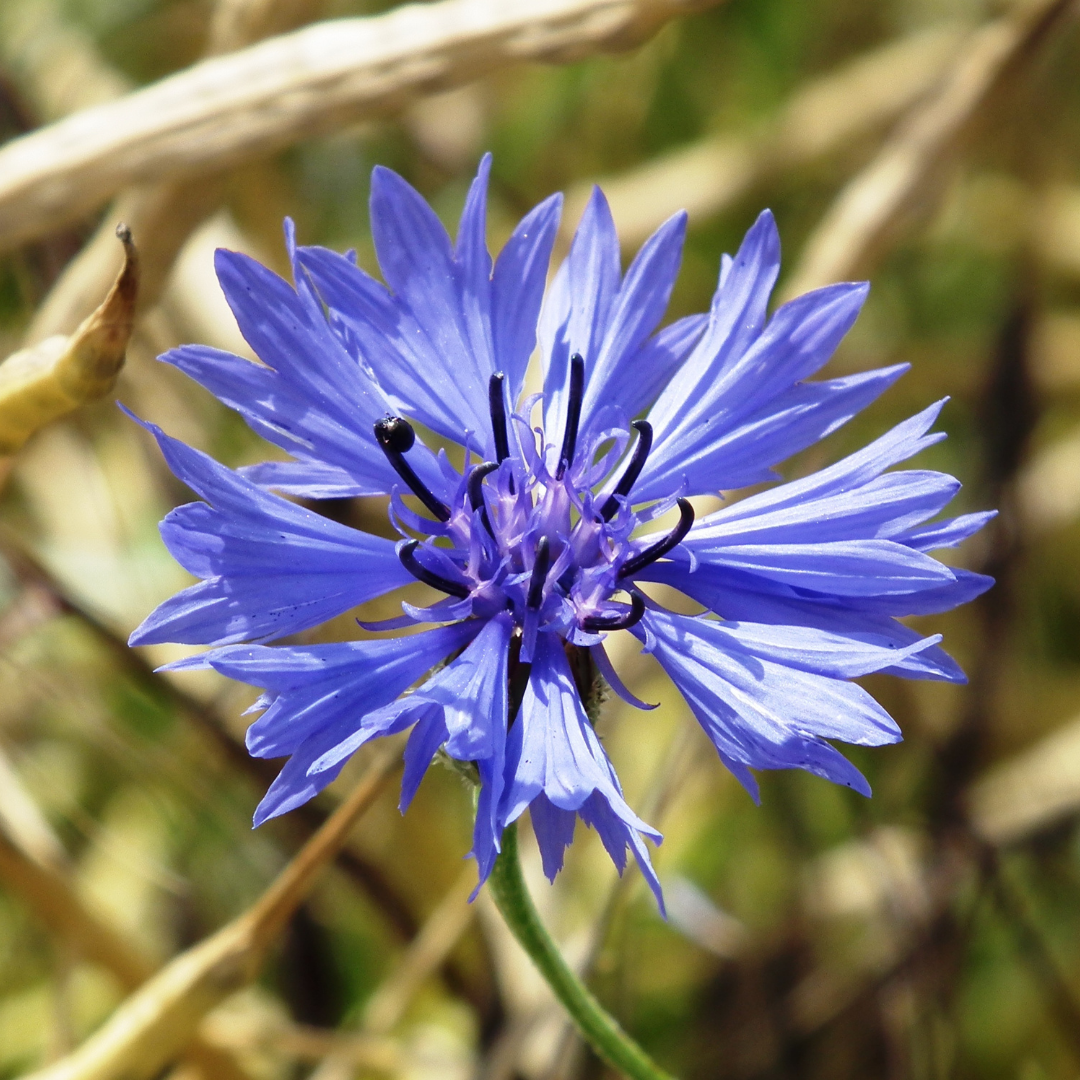
Corn flowers are annual and attract pollinators such as bees. Corn flowers grow best in full sun and partial shade.
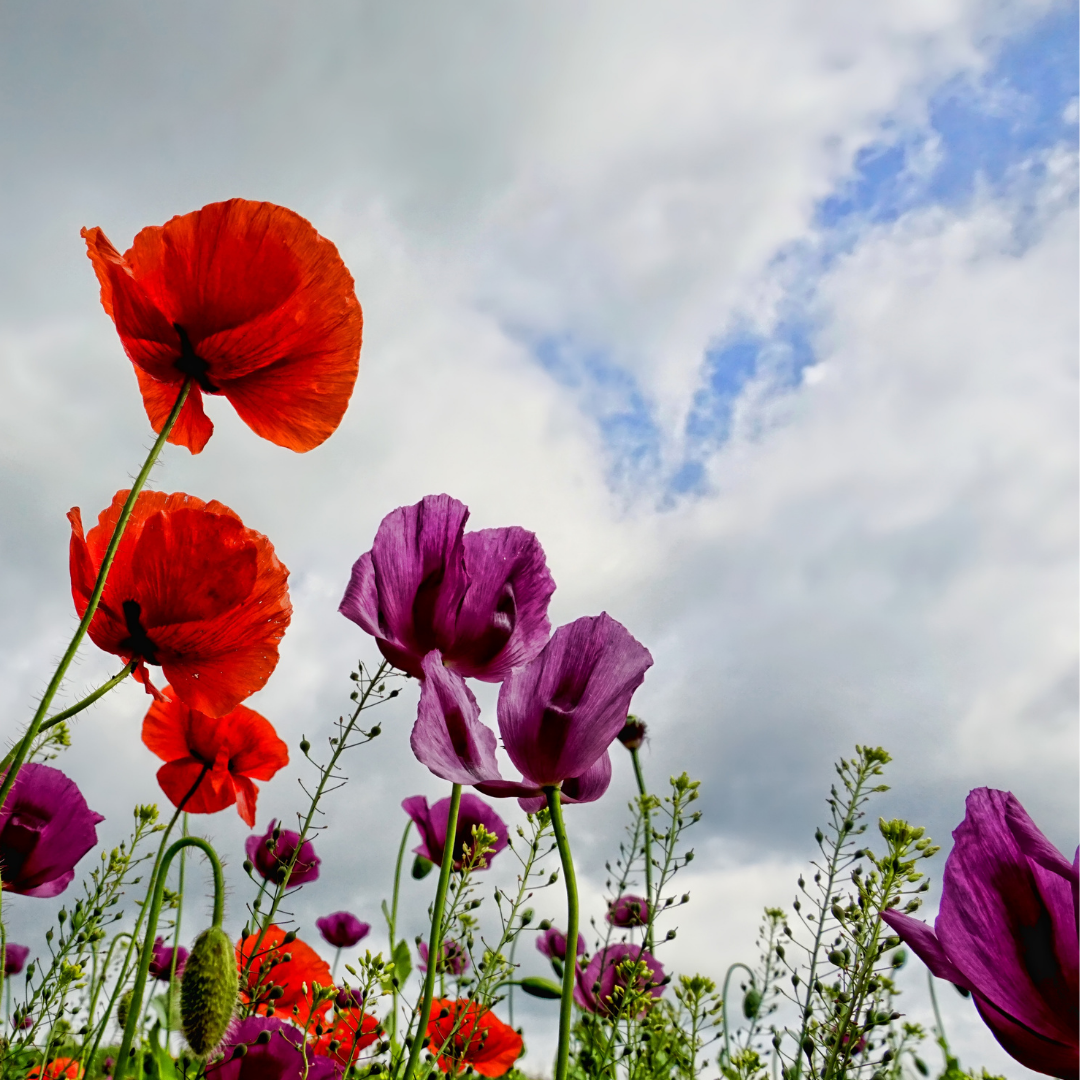
These poppies grow best in full sun and drought resistant. They also attract pollinators and come up annually.
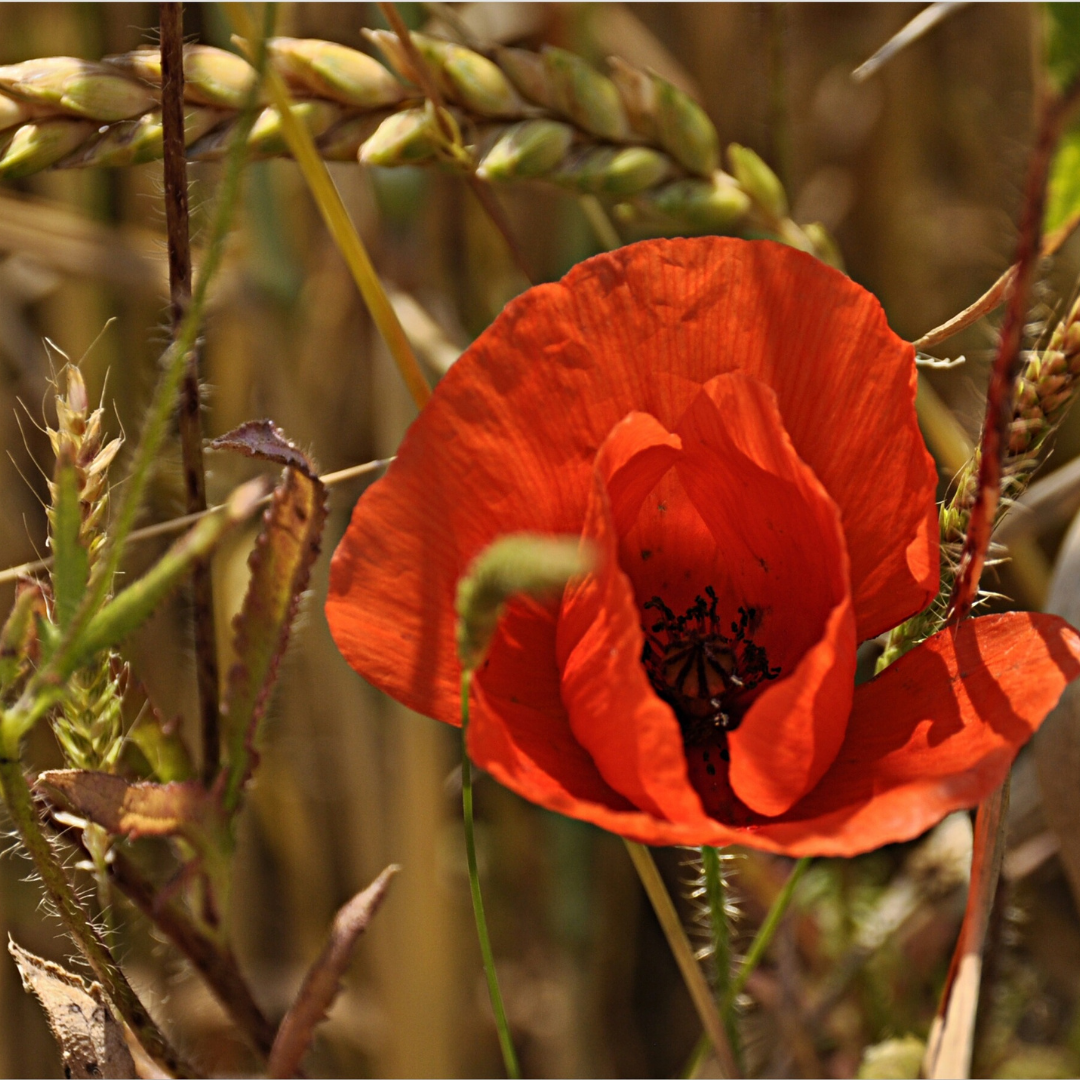
Corn Poppies are annuals that do best in dry conditions and partial shade. They attract pollinators and can grow up to 28″.